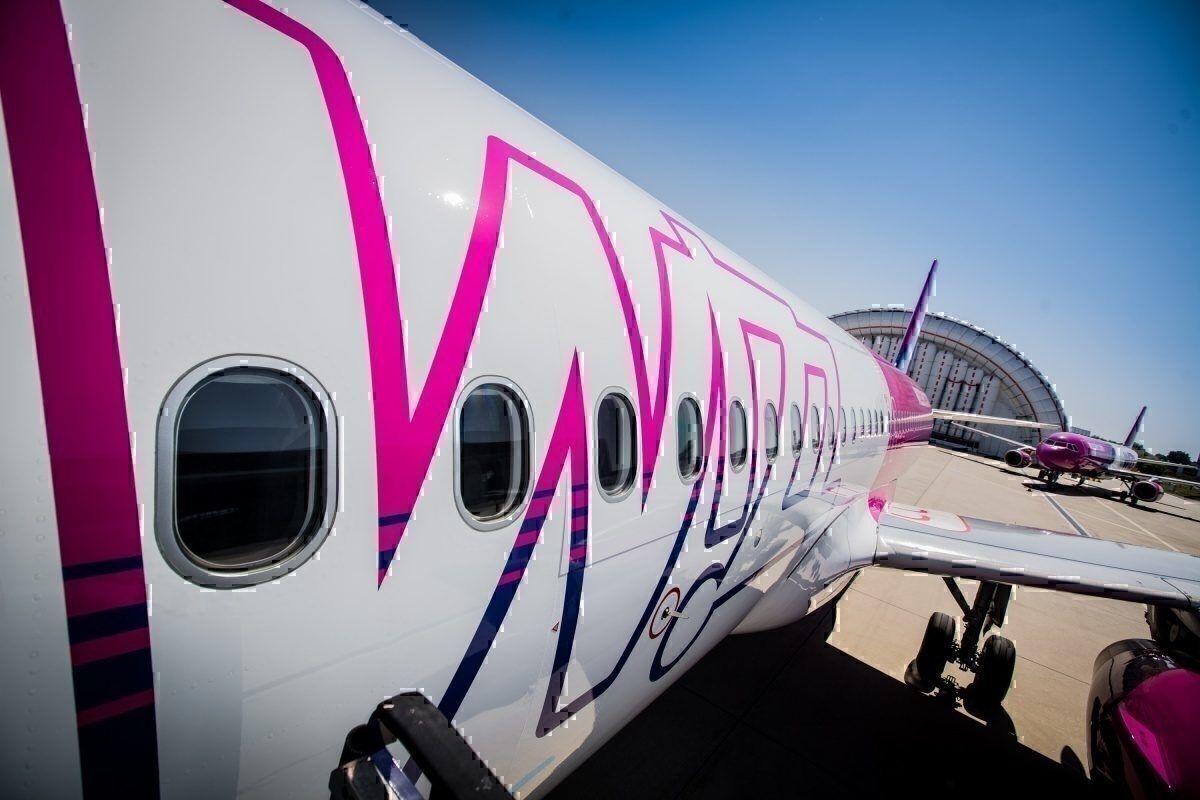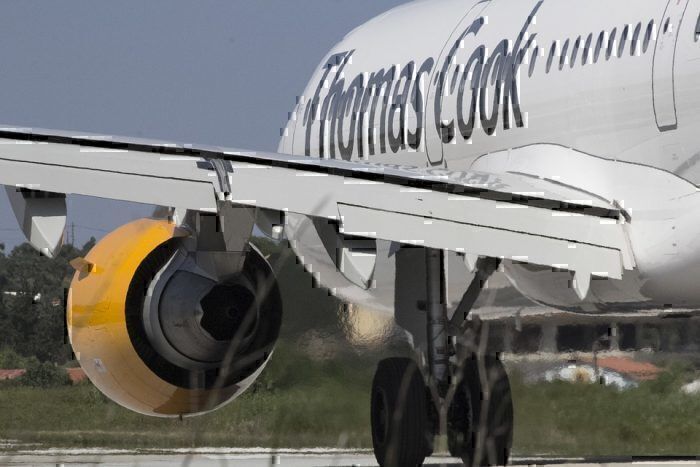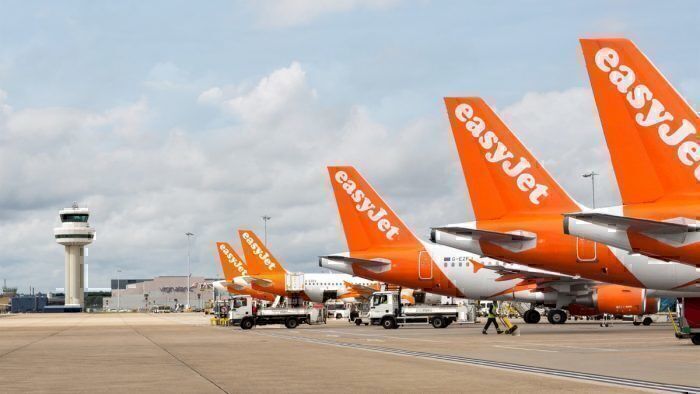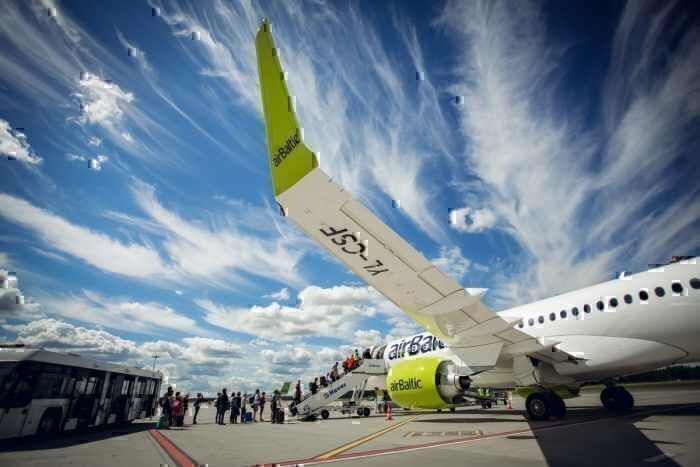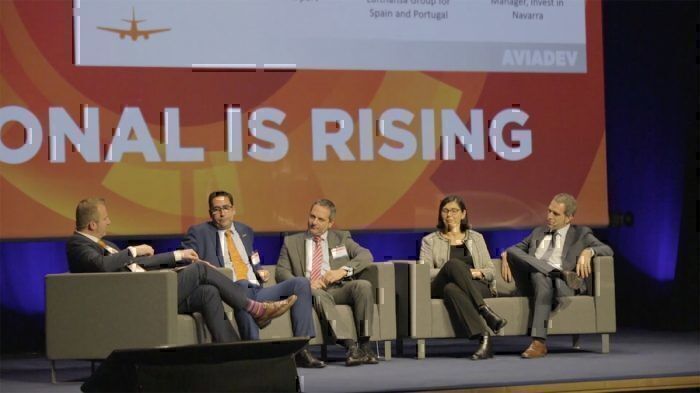It's been a trying time for European airlines over the past 12 months. As a number carriers collapse into bankruptcy and others are forced to tighten their belts, how have some managed to come out on top? While one airline is closing its doors, another is launching a new route. What separates these winners and losers in Europe, and what can we learn from them?
A challenging year
It’s been quite a year for European aviation. Since the start of the year, we’ve seen collapse after collapse, as one by one, the region’s struggling airlines have succumbed to financial pressures. From WOW air to Germania to a flurry of four losses in four weeks, clearly the curse of 2019 was just too much for some to take.
But it’s not all been bad. Along with many of the challenges and struggles faced over 2019, we’ve seen some airlines come out smiling. airBaltic, Wizz Air and LOT Polish, for example, have stepped out of their comfort zones and developed new routes, new hubs and new markets. UK regional Flybe was given a new lease of life thanks to a Virgin led consortium, and Air Serbia has stopped contracting and instead started to grow once again.
Clearly, even at this difficult time, there are some who are able to drive their operations forward. But what sets these airlines apart, and what are the challenges facing the others?
What’s going on?
There are a number of factors at work in the European aviation market. For a start, the European skies are literally jam-packed with airlines. Oversupply can only lead to one outcome, and that’s fare wars. As we’ve seen in India, albeit in a more extreme way, this type of situation is no good for anyone, as it leaves airlines surviving on a shoestring and passengers misled on the real cost of flying.
With airlines desperately trying to be the cheapest choice, small changes to their overheads can turn out to be the straw that broke the camel’s back. Last year, the cost of jet fuel went through the roof, signing the death certificate for a number of carriers and leaving others struggling to make ends meet.
Added to this, changes in labor laws have seen airlines spending more on their human resources. Piled on top of that, there's the EU passenger compensation rules, which can see airlines shelling out tens of thousands of euros for a late flight. Balanced on the pinnacle of this, you’ve got increasing emissions taxes charged by some nations. Overall, the aviation game is one of slim profits, tough competition and very little room for error.
So how are some airlines seemingly thriving in such a tough marketplace? For airlines like Wizz and airBaltic, it comes down to smart planning. These airlines have built their route network based on unserved and underserved local markets. Joining the dots around their home regions has put them in a powerful position to step out and compete with the big guys.
That’s not to say that good route development can only work in Eastern Europe. Indeed, opportunities still exist for airlines in the West too, but only when they do their homework before launching a route.
European regional stakeholders to meet next week
At the AviaDev Europe event next week, one of the main topics during the panel discussion will be about just these issues. The first panel discussion is described as, “Challenging times ahead for the European airline industry. Expert views and incisive analysis on the way forward.”
Challenging times are indeed ahead, particularly for smaller airlines and regional airports. Among the speakers and people who will inevitably appear on the panel are some of those at the very sharpest end of the business. Air Serbia, Wideroe and Stobart, to name just a few, are joined by representatives from Milan Bergamo Airport, Lithuanian Airports, ATR and many more.
Having a constructive discussion here is a given. It’s one of only a few opportunities in the entire aviation calendar where airlines and airports alike are able to really hash it out. Simple Flying will be there to join the debate and to uncover just how airlines can remain profitable in the highly challenging European market.

